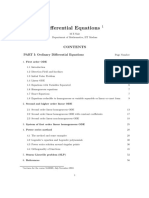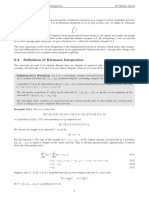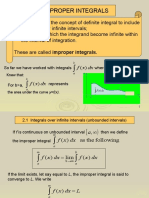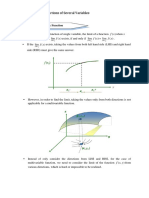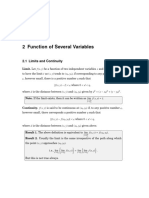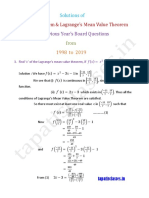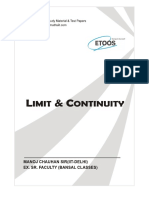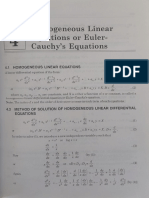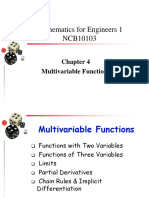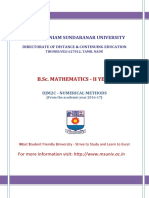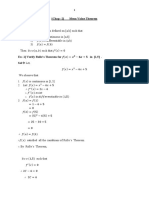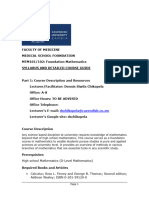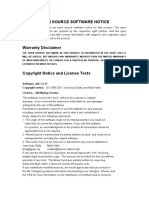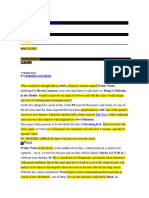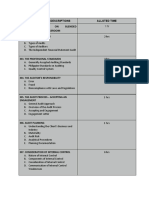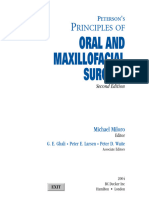0% found this document useful (0 votes)
2K views5 pagesCalculus Practice Problems 2023
The document contains 31 practice problems related to calculus topics like limits, continuity, differentiation, integration and their applications. The problems cover determining limits, finding derivatives and integrals, checking continuity and differentiability, finding extrema, and applying theorems like the Fundamental Theorem of Calculus.
Uploaded by
pbayanagCopyright
© © All Rights Reserved
We take content rights seriously. If you suspect this is your content, claim it here.
Available Formats
Download as PDF, TXT or read online on Scribd
0% found this document useful (0 votes)
2K views5 pagesCalculus Practice Problems 2023
The document contains 31 practice problems related to calculus topics like limits, continuity, differentiation, integration and their applications. The problems cover determining limits, finding derivatives and integrals, checking continuity and differentiability, finding extrema, and applying theorems like the Fundamental Theorem of Calculus.
Uploaded by
pbayanagCopyright
© © All Rights Reserved
We take content rights seriously. If you suspect this is your content, claim it here.
Available Formats
Download as PDF, TXT or read online on Scribd
/ 5


